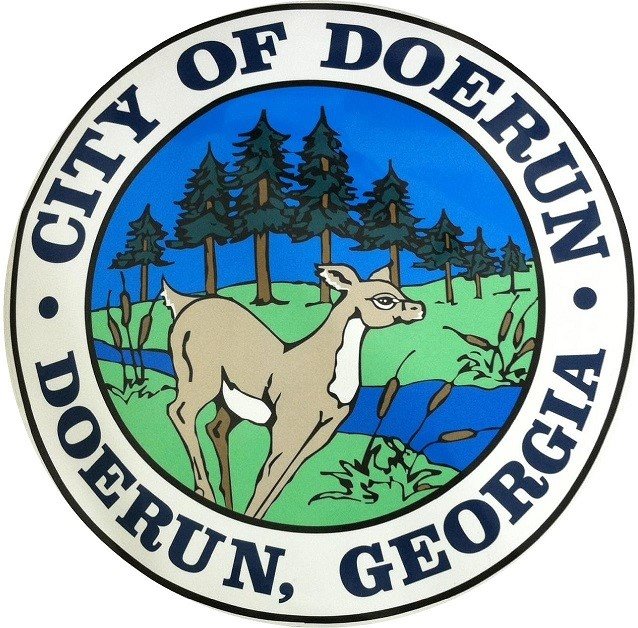Colquitt County’s flood maps are changing
Published 5:30 pm Friday, July 9, 2021
MOULTRIE, Ga. — Colquitt County’s flood maps are being updated and replaced, according to an announcement this week from the county compliance office.
A multi-year project to develop detailed, digital flood hazard maps for the Withlacoochee Watershed is nearing completion, the announcement said.
“The new maps, known as Flood Insurance Rate Maps (FIRMs), reflect current flooding risks, replacing maps that are based on outdated studies, some which are more than 30 years old,” the notice said. “Preliminary maps were recently released and will undergo a several-month review and comment period before they become effective. When the new flood maps become effective, residents and business owners will have up-to-date, Internet-accessible information about their flood risk on a property-by-property basis. Revisions to these mapping products may affect residents and business owners in Colquitt County.”
Flood risks have changed throughout the watershed due to erosion, land use, environmental conditions, and changes in runoff patterns, the county said. Flood risks can vary from neighborhood to neighborhood, and even property to property. But storms and heavy rains cause increasingly costly impacts to home and business owners throughout the watershed.
“The first step in reducing potential impacts of flooding is to know your flood risk,” the announcement said, “and that’s where these new maps can help.”
The new maps are the result of a cooperative effort involving theGeorgia Environmental Protection Division (EPD) under Georgia Department of Natural Resources, the Federal Emergency Management Agency (FEMA), and Colquitt County and local communities. Developed using advanced mapping and modeling technologies and using the latest data available, they are the most detailed, accurate flood maps ever created for this area, the county said. County and community officials as well as planners, engineers and builders will use the maps to make important determinations about where and how to build and rebuild to minimize future flood impacts. Residents and business owners can use the maps to learn their risk and make more informed decisions about the financial steps they need to take to reduce the risk of damage and loss due to flooding.
There will be some properties that aren’t affected – their risk remains the same, the county said. But there will be others that will be found to be now in a higher risk area, while others will be mapped into a lower risk area.
“About 100 buildings are likely to be mapped into a higher-risk area than before, and nearly 200 buildings are likely to be mapped into a lower-risk area,” the announcement said. “Altogether, more than 300 buildings will show some change.”
The changes may affect the federal lender requirement for flood insurance. Flood insurance is available through the National Flood Insurance Program (NFIP), a federally underwritten program provided by about 75 insurance companies and available through licensed insurance agents. Owners of properties mapped into a high-risk area may be required to carry flood insurance as part of their mortgage agreement. The NFIP currently has rating options that can help reduce costs, especially if a policy is purchased before the flood maps become effective.
You can learn more about your residence’s flood risk and find out what your options are at a Virtual Flood Risk Open House, https://www.georgiadfirm.com/VOH/.
Georgia’s Virtual Flood Risk Open House provides information relevant to the proposed changes in flood risks in the community, as well as an opportunity to connect with floodplain management experts from the local jurisdiction, the GA Department of Natural Resources and the Federal Emergency Management Agency. In-person virtual meetings are available by appointment only and can be reserved on the website, via the “Connect with Us” page of the Virtual Flood Risk Open House.
Reserve your appointment between July 19 and 30, and the appointment will be held between Aug. 4 and 20.
A 90-day Public Comment period will soon be open to address any submitted appeals and/or comments. After all appeals and comments are addressed, the maps are expected to become effective in mid-2022. At that time, the new insurance requirements will take effect.
To learn more about the preliminary maps, see what areas will change, learn what the insurance options are, and find the schedule for related community meetings, visit www.georgiadfirm.com.
For general information about the upcoming map changes, you can contact the following:
• City of Moultrie: Greg Monfort, (229)668-0030, greg.monfort@moultriega.com.
• Colquitt County (unincorporated areas) and Town of Berlin: Justin Cox, (229) 616-7417, justin.cox@ccboc.com.
• City of Norman Park: Hope Amador, (229) 769-3611, hope.amador@normanparkga.gov.
• Town of Ellenton: Vicki Bunn, (229) 324-2900, cityhall@ellentonga.com.





